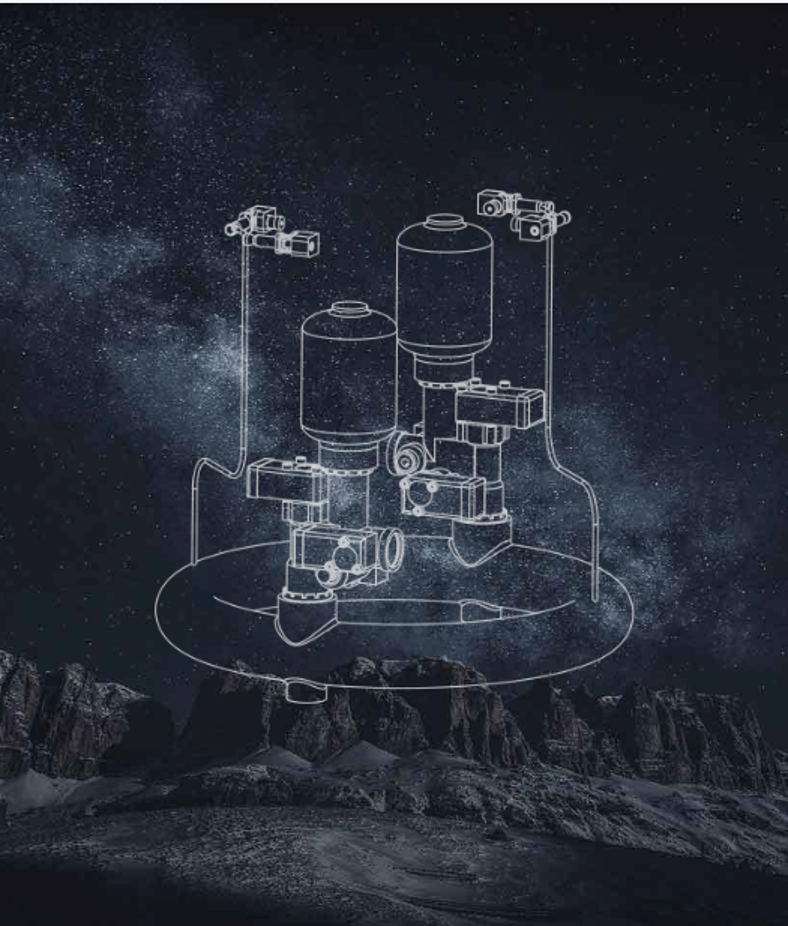How Economic Fears Are Reshaping Avionics Procurement

Global Avionics Round-Up from Aircraft Value News (AVN)

Image: Pixabay
The looming specter of a global recession is casting uncertainty over aviation investments, and avionics procurement is no exception. Airlines and manufacturers are bracing for economic headwinds, leading to shifts in spending priorities, procurement cycles, and technological investments. As financial constraints tighten, avionics suppliers are facing new challenges in sustaining growth and innovation.
With recession fears mounting, airlines are implementing aggressive cost-cutting measures. One of the primary targets? Avionics upgrades.
Carriers are deferring non-essential retrofits and delaying investments in next-generation flight decks, instead opting for incremental software updates to extend the life of existing systems. This reluctance to spend on new avionics is squeezing suppliers and slowing the adoption of cutting-edge technologies.
The increasing prospect of a global economic downturn is driving a preference for flexible financial arrangements, of which avionics procurement is a prime example. Instead of outright purchases, airlines are increasingly turning to leasing models and subscription-based avionics software solutions. This shift allows operators to minimize upfront capital expenditures while maintaining access to essential technological advancements.
R&D Slowdown and Supplier Consolidation
Economic anxiety is prompting aviation suppliers to tighten their belts. R&D budgets are under pressure, leading to fewer breakthrough innovations. Smaller avionics firms, particularly those dependent on airline contracts, are facing heightened risks of consolidation or even bankruptcy. Major players are poised to acquire struggling firms, potentially leading to less competition and higher long-term costs for airlines once economic conditions improve.
Recessionary fears are forcing the avionics industry to rethink procurement strategies. While cost-saving measures and leasing models provide short-term relief, they slow innovation and technological progress. Avionics firms are trying to adapt by offering more flexible solutions while continuing to invest in R&D to maintain long-term industry viability.
Bearish Conditions
A declining stock market and weakening consumer sentiment in the U.S. and Europe could ultimately dampen demand for air travel, which in turn negatively impacts the avionics industry. When the market falls, household wealth shrinks, leading to reduced discretionary spending.
Consumers, wary of economic uncertainty and already spending less, could eventually cut back on leisure travel, while businesses trim travel budgets to control costs. This decline in passenger demand forces airlines to reassess their fleet expansion and modernization plans, delaying new aircraft orders and deferring avionics upgrades.
In parallel, airline profitability could come under pressure as ticket sales slow, forcing carriers to prioritize cost-cutting over investment in next-generation avionics. This directly impacts avionics manufacturers, which rely on both new aircraft production and retrofitting older fleets with advanced systems. As demand weakens, R&D in avionics may also suffer, slowing innovation in cockpit technology, navigation systems, and in-flight connectivity.
Aircraft lessors and financiers, sensing economic headwinds, are becoming more cautious about funding new aircraft acquisitions, which is likely to lead to an overall slowdown in the aviation supply chain. If economic pessimism persists, the avionics industry faces not only a drop in immediate orders but also a longer-term challenge as airlines focus on financial survival over technological advancement.
This article also appeared in our partner publication, Aircraft Value News.
John Persinos is the editor-in-chief of Aircraft Value News. You can reach John at: jpersinos@accessintel.com.
The post How Economic Fears Are Reshaping Avionics Procurement appeared first on Avionics International.
—————
Boost Internet Speed–
Free Business Hosting–
Free Email Account–
Dropcatch–
Free Secure Email–
Secure Email–
Cheap VOIP Calls–
Free Hosting–
Boost Inflight Wifi–
Premium Domains–
Free Domains














